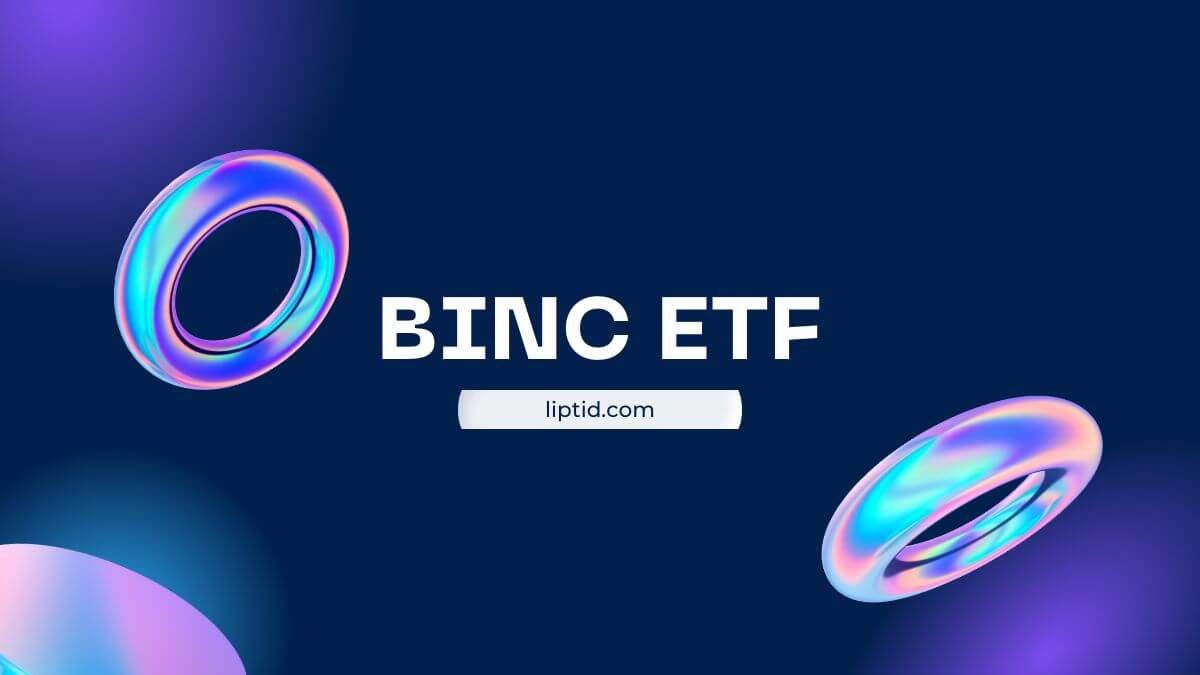Introduction to BINC ETF
Are you on the lookout for an intriguing investment option that might just add a spark to your portfolio? Enter the BINC ETF, a compelling player in the world of exchange-traded funds. As investors seek out innovative strategies and diversified assets, this fund has garnered attention for its unique approach. But what’s behind its performance history? How does it stack up against other top performers? Let’s dive into what makes BINC ETF stand out and whether it deserves a spot in your investment plans.
Performance History of BINC ETF
The performance history of BINC ETF showcases its evolution since inception. Launched in 2021, this exchange-traded fund has quickly gained traction among investors.
In its early days, BINC ETF saw a steady increase, driven by a robust technology sector and growing interest in innovative companies. As the market fluctuated, so did the fund’s value, reflecting broader economic trends.
Throughout 2022 and into 2023, BINC ETF experienced significant volatility but also impressive recoveries during bullish phases. Investors noted substantial returns during key market rallies.
Year-to-date figures demonstrate resilience and adaptability amidst changing conditions. Many analysts believe that the foundation of solid underlying assets contributes to its positive trajectory.
While past performance is not necessarily indicative of future results, it certainly provides insights for potential investors seeking growth opportunities within this dynamic fund.
Factors Affecting the Performance of BINC ETF
Several elements influence the performance of BINC ETF. Market sentiment plays a crucial role, often swayed by economic reports and geopolitical events.
Interest rates are another significant factor. When rates rise, bond yields become more attractive, potentially diverting investment away from equities like those in BINC ETF.
The underlying assets within the fund also impact its performance. Fluctuations in sectors such as technology or healthcare can lead to varying results for investors.
Additionally, investor behavior cannot be overlooked. Trends such as increased buying during bullish markets can amplify gains while panic selling during downturns may trigger losses.
Management decisions regarding asset allocation and rebalancing strategies will directly affect how well the ETF performs against its benchmarks. Keeping an eye on these factors is essential for potential investors looking at BINC ETF’s prospects.
Comparison with other Top Performing ETFs
When comparing BINC ETF to other top-performing ETFs, distinct characteristics emerge. Performance metrics vary widely among funds focused on different sectors or strategies.
For instance, while technology-focused ETFs like QQQ have shown remarkable growth in recent years, BINC ETF offers exposure to a diverse range of industries. This breadth can be appealing for investors seeking stability amidst market fluctuations.
Additionally, cost structures play a vital role in comparison. Many leading ETFs boast low expense ratios that attract savvy investors looking to maximize returns over time. It’s essential to consider how BINC ETF’s fees align with its performance history.
Investors should also evaluate risk profiles when making comparisons. Some top performers may present higher volatility than others, potentially impacting the long-term strategy of conservative investors drawn to BINC ETF’s balanced approach.
Understanding these nuances helps clarify where BINC ETF fits within an investor’s portfolio alongside the competition.
Also Read: When Did Roger Altman Begin His Career?
Investment Strategies for BINC ETF
Investing in BINC ETF requires a strategic approach. One effective method is dollar-cost averaging. This strategy helps mitigate the impact of market volatility by investing a fixed amount regularly, regardless of share price.
Another option is to diversify within the ETF itself. BINC may include various sectors, allowing investors to spread risk while tapping into different growth areas.
For those seeking short-term gains, active trading can be beneficial. Monitoring market trends and news related to the underlying assets can provide opportunities for timely buy and sell decisions.
Long-term investors might consider holding onto their shares during downturns. Historically, markets tend to recover over time, making patience a valuable trait.
Setting clear investment goals will guide your choices with BINC ETF. Whether you aim for capital appreciation or income generation will influence your overall strategy significantly.
Potential Risks and Rewards of Investing in BINC ETF
Investing in BINC ETF comes with its share of potential rewards. One notable benefit is diversification, which allows investors to spread their risk across various sectors. This can help cushion against market volatility.
However, like any investment, there are risks involved. Market fluctuations can impact the performance of the ETF significantly. If the underlying assets perform poorly, your investment value could decline.
Additionally, while management fees for ETFs tend to be lower than mutual funds, they still exist and can eat into returns over time. It’s essential to consider these costs when assessing your overall gains.
Liquidity is another factor worth examining. While ETFs generally offer a good level of liquidity, unexpected market events could affect trading volumes and prices at certain times.
Understanding both sides will empower you to make informed decisions as you navigate this investment opportunity.
Conclusion: Is BINC ETF a Good Investment Option?
Investing in the BINC ETF can be an intriguing option for many. Its unique focus on innovative sectors may appeal to those seeking growth potential.
The historical performance shows promise, but past results don’t guarantee future success. It’s essential to consider market trends and economic factors that could influence returns.
For investors with a keen eye on technology and emerging markets, BINC offers exposure that might align well with their strategies. However, understanding personal risk tolerance is crucial before diving in.
Always remember that diversification remains key in any investment strategy. Assess how BINC fits within your broader portfolio goals and objectives.
Research and staying informed about market dynamics are vital steps toward making educated decisions regarding this ETF. Balancing potential rewards against associated risks will guide you toward a more confident investment choice.
